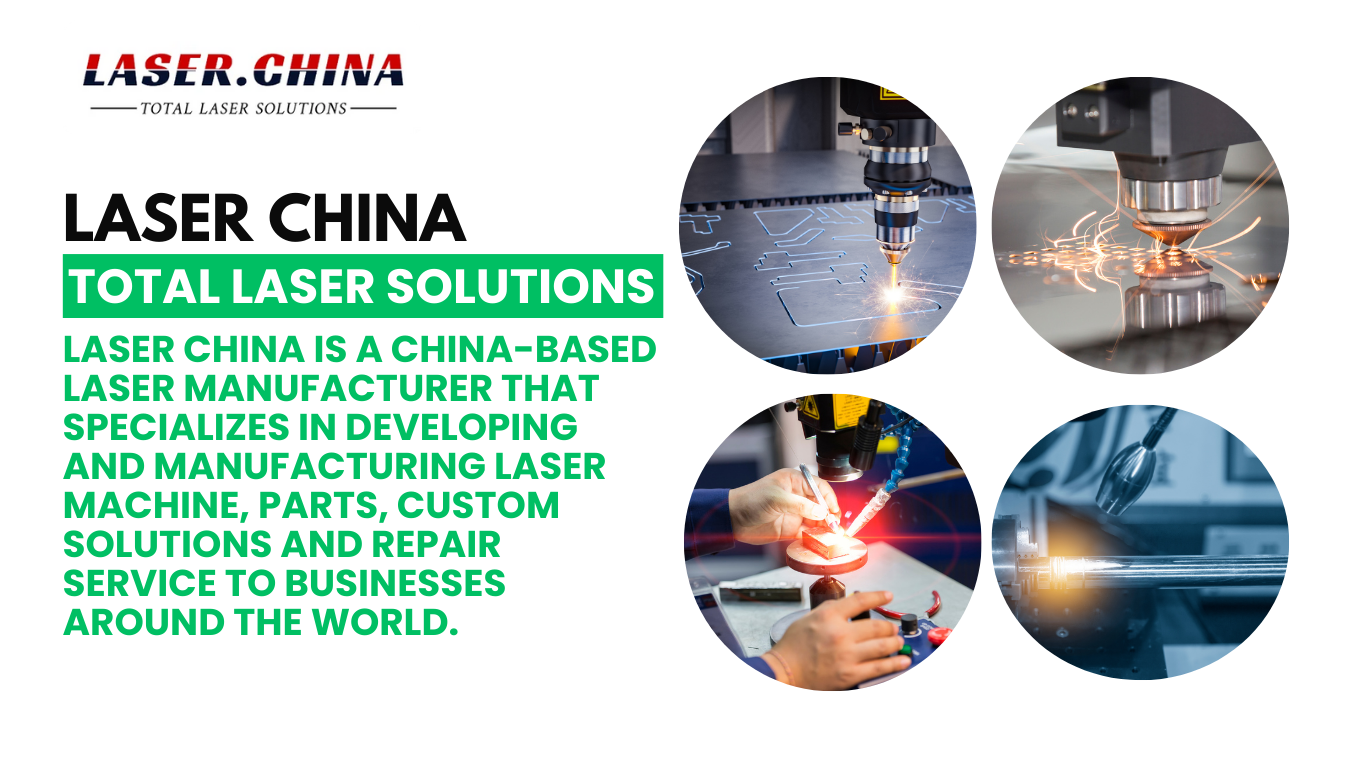-
Fil d’actualités
- EXPLORER
-
Blogs
-
Evènements
How do CO₂ laser lenses affect the quality and efficiency of laser cutting and engraving

CO₂ laser lenses are essential optical components in laser cutting and engraving machines, significantly influencing the precision, speed, and overall quality of the final output. These lenses focus the laser beam onto the material, determining the energy distribution, spot size, and depth of cut or engraving. Selecting the right lens type and maintaining it properly ensures optimal performance and longevity.
Understanding CO₂ Laser Lenses
CO₂ laser lenses are typically made from materials like zinc selenide (ZnSe), which offers high thermal resistance and excellent transmission of infrared laser light. The primary function of these lenses is to focus the laser beam onto a specific point, achieving the desired cutting or engraving effect. The focal length of the lens plays a key role in defining the beam’s intensity and precision.
Impact of CO₂ Laser Lenses on Cutting Quality
-
Focus and Spot Size:
The focal length of the lens determines the laser beam's focus and spot size. A shorter focal length lens (e.g., 1.5 inches) produces a smaller spot size, ideal for fine and intricate cuts on thin materials. On the other hand, a longer focal length lens (e.g., 4 inches) creates a larger spot size, which is more suitable for cutting thicker materials with deeper penetration. -
Cutting Speed and Efficiency:
The right lens selection enhances cutting efficiency by optimizing the laser's energy concentration. A well-focused laser beam reduces heat dispersion, allowing for faster cutting speeds and minimal material wastage. High-quality ZnSe lenses with anti-reflective coatings improve laser transmission, ensuring maximum power efficiency. -
Edge Quality and Smoothness:
A properly focused CO₂ laser lens ensures clean, burr-free edges. If the lens is dirty, damaged, or misaligned, it can cause beam distortion, leading to rough or uneven cuts. Regular lens maintenance is essential to prevent burn marks and achieve high-quality results. -
Material Suitability:
CO₂ laser lenses are commonly used for cutting non-metal materials such as wood, acrylic, plastics, leather, and textiles. The correct lens choice prevents excessive heat buildup, reducing the risk of material charring or warping.
Impact of CO₂ Laser Lenses on Engraving Quality
-
Detail and Resolution:
For engraving, the choice of lens determines the resolution and clarity of the design. A short focal length lens (e.g., 1.5 inches) creates a smaller spot size, producing high-resolution engravings with fine details, such as intricate text and logos. -
Engraving Depth Control:
Different lenses allow for varying engraving depths. A longer focal length lens (e.g., 2.5 inches or 4 inches) is better suited for deep engraving, while a shorter one is ideal for surface marking. Adjusting the focal distance helps achieve consistent engraving depths on different materials. -
Thermal Effects and Material Integrity:
Proper lens selection minimizes heat impact and prevents unwanted burns, discoloration, or deformation. Ensuring that the lens is clean and correctly aligned helps maintain engraving precision and material integrity.
Lens Maintenance for Optimal Performance
- Cleaning: Regularly clean the lens using an optical lens cleaner and lint-free wipes to remove dust, debris, and smoke residues.
- Inspection: Check for scratches, cracks, or discoloration that may affect beam quality.
- Alignment: Ensure the lens is correctly positioned to maintain a sharp and focused laser beam.
Conclusion
CO₂ laser lenses significantly impact the performance of laser cutting and engraving machines. Choosing the right focal length, maintaining lens cleanliness, and ensuring proper alignment are crucial for achieving high-quality results. Whether for intricate engraving or deep cutting, selecting the appropriate lens enhances efficiency, precision, and the overall lifespan of the laser system.





